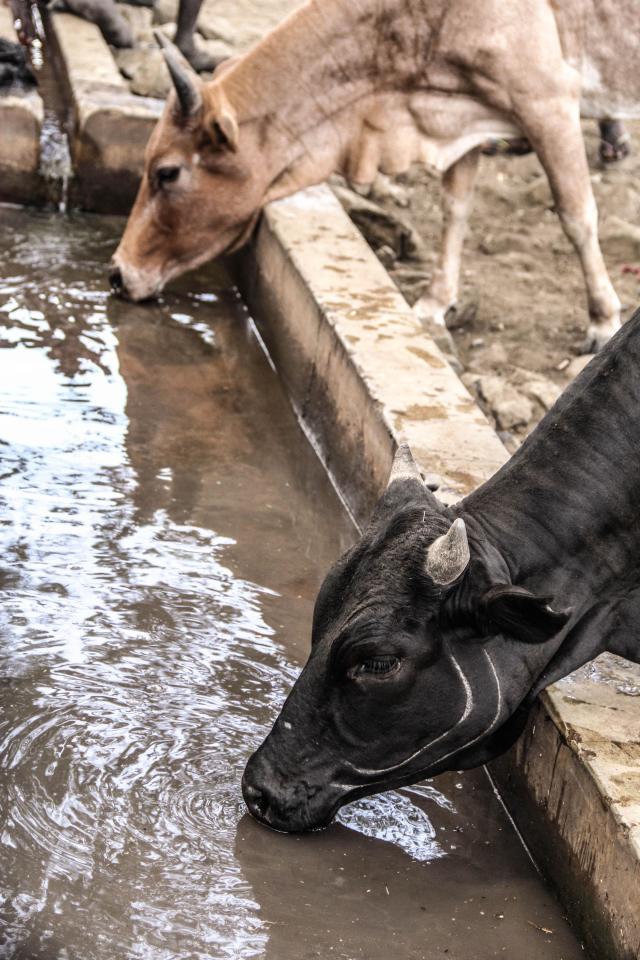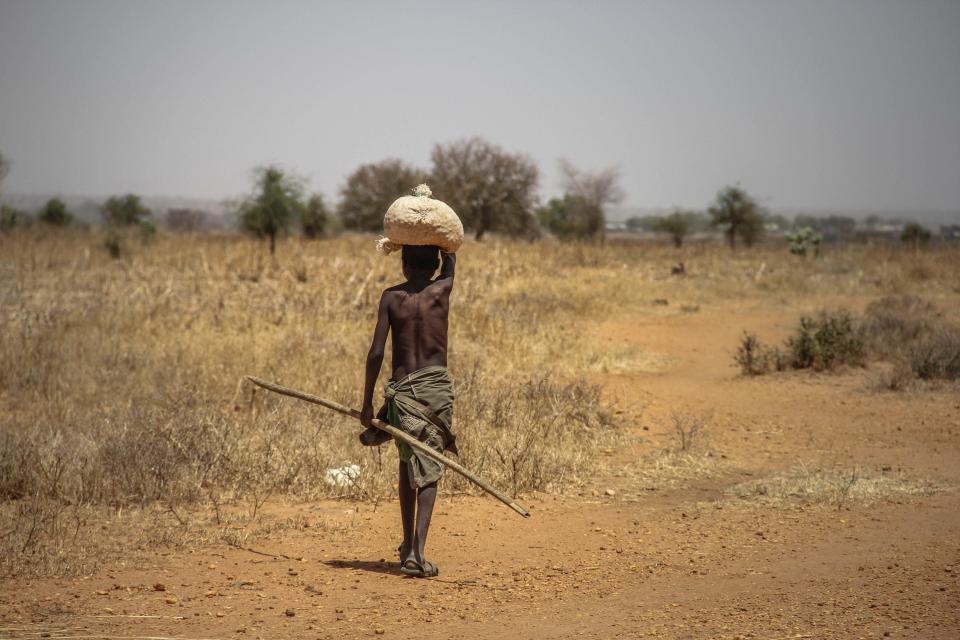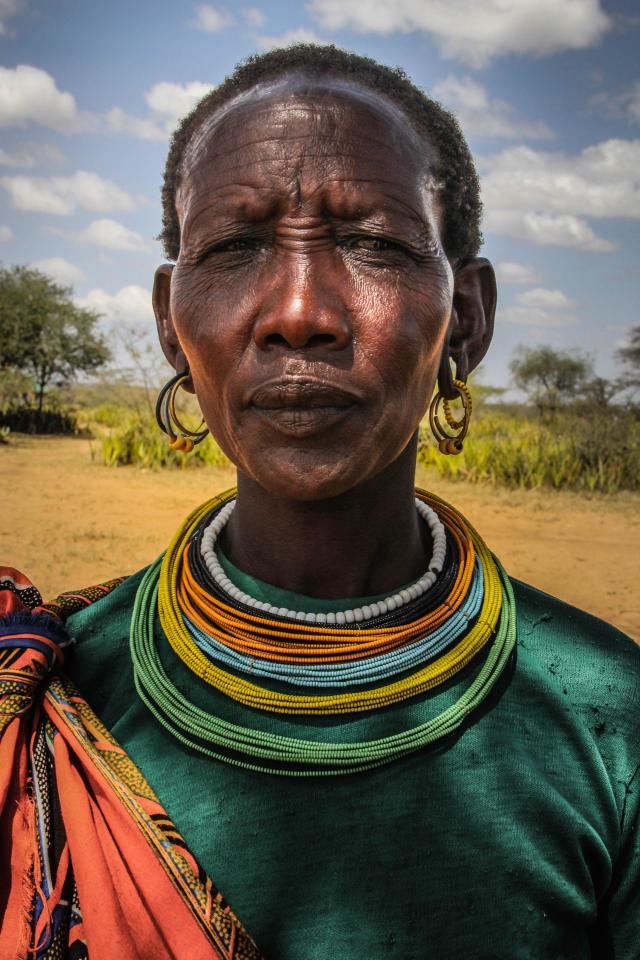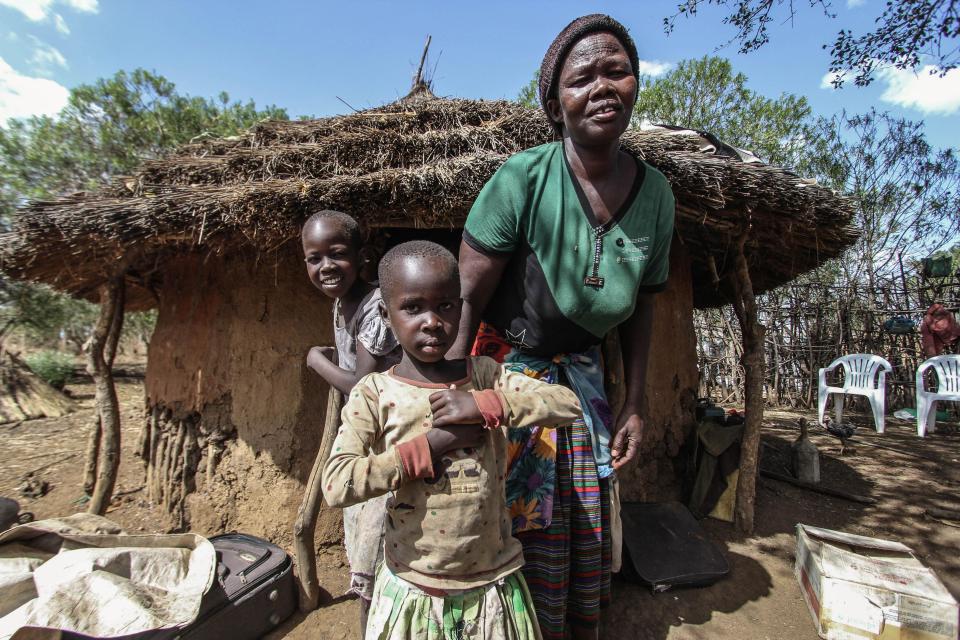Inside the endangered lost African tribe who carve patterns into their own skins and are forced to walk 10 hours a day for water because of deadly drought
Nomadic way of life faces obliteration because of severe water and food shortages

AMAZING new photographs lift the lid on an endangered and little known tribe - unique for their elaborate scar patterns, athletic prowess and beautiful woman.
Photographer Sumy Sadurni travelled to Northern Uganda in February to capture the extraordinary Karamajong tribe and their determination to survive against the odds.
Sumy said: “I'm hoping that by sharing a piece of their lives, I can introduce this fascinating tribe to the world.
“While the African grasslands and climate in Karamoja has always been dry, it is now drier than it's ever been.
“The reality is that people are literally walking for 10 hours to find water for themselves and for their cattle.
"Without water, there is no life.
"Without water, there is also no food.
“While there are many issues within the Karamojong, including women's rights, the main priority now is to survive.
"I hope that these pictures also show their way of life, the way they dress and how these amazing tribes have had to somehow adapt to a Western way of life.”
Related stories
Pictured by Sumy in several of the images is Marco, a young Karamojong father of seven, who has cut down the family food rations to one meal of sorghum grain a day.
Sumy said: “This is now true for most families as resources are scarce.
"Their days are now based on finding water for both family and cattle: a task that is getting harder every day."
Marco said: “In the morning I wake and first thing I do is count the animals.
“I then go out to find water for them and in the afternoon I try to make what money I can to feed my family.”
Situated in the north of the country, Karamoja borders Kenya and war-torn South Sudan and is also home to Kidepo National Park.
Karamojong are one of the main local tribes and cousins to the Masai in Kenya.
Their faces are often decorated with scarified dots around the brow area and a bottom tooth is often removed once they hit pubescent years.
Wrapped in the traditional Karamojong blanket and decorated in beads, they sport a distinctive look different to any of the other tribes in the country.
The Spanish photographer said: “Karamoja is always the underdog of the East African tribes, and the western world is less familiar with them compared to the Masai, Ethiopian and Tanzanian tribes for example.
“I’m hoping that people get as fascinated by them as I am, and that through the pictures they can connect with these people.
“With all the challenges faced by the region, the Karamojong are proud and passionate people.”
We pay for your stories! Do you have a story for The Sun Online news team? Email us at [email protected] or call 0207 782 4368.



















